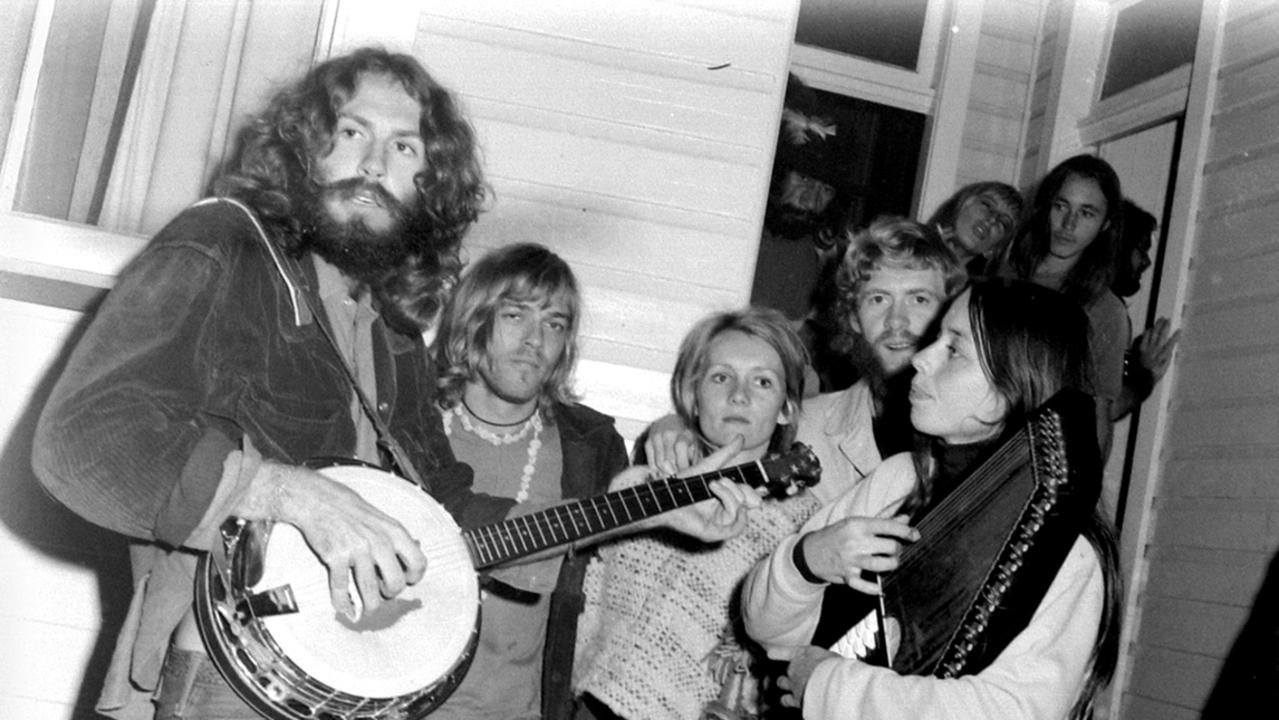Why does each generation seek to differentiate itself from the preceding one?


By the late 1960s a new social movement would surface. Again it came from the US, specifically the Haight-Ashbury district of San Francisco. The hippies arrived with their long straggly hair, their peace signs, their free love and their association with drug culture. The hippie movement would soon surface here; it kicked off in a mass-market sense with the Sunbury Rock Festival in Victoria (1972), which was our version of Woodstock (1969). An Aquarius festival in the NSW Northern Rivers town of Nimbin in 1973 further popularised counterculture among the young and set the tone for the town and for nearby Byron Bay for the next half century.
In little more than a decade, a series of global social movements captivated the Baby Boomers of the developed world. There was an awakening to the spending power and political impact of the young. And the young in turn were determined to differentiate their culture. The newly available contraceptive pill radically changed social mores. The Vietnam War became a rallying point for protest and rebellion. Prime minister Gough Whitlam declared tertiary education would be fee-free for a generation. The times were changing.
By the early 1980s the mood had shifted. The Baby Boomer generation was now established in the workplace and suddenly the hippie lifestyle seemed, well, a tad scruffy. In came Gordon Gekko (Wall Street, 1987) with his slicked-back hairstyle and greed-is-good mantra. Post-hippie Baby Boomer couples embraced the material world, postponed having children and created another social group known as DINKs (double income no kids). Eventually they had kids and magically morphed into yuppies – young urban professionals, as portrayed in the TV program Thirtysomething (1987-1991). However, even this celebration of youth was superseded in popular culture by the Gen-X interpretation of youth culture, Friends (1994-2004).
The Boomers weren’t done with inventing cool nomenclature for their ever-evolving social groupings. By the late 1990s in came the seachangers and in the early 2000s the treechangers, both pursuing their versions of the quintessential Australian lifestyle.
Around this time the children of the Baby Boomers came into adulthood, remaining in the family home far longer than previous post-war generations. In the 1990s this lot was called Gen Echo – a reverberation of the baby boom. Later known as Gen-Y, they have settled into popular culture as Millennials. Around the time of the global financial crisis Millennials moved en masse into the inner city and created the life form known as the hipster. And there they largely remained throughout the pre-pandemic decade.
I suspect there’s a move afoot for Millennials. Pushing into their late 30s, many have kids and have discovered the lifestyle value of a house on a block of land. There are unconfirmed reports that some hipsters have even been sighted in suburbia.
In one sense these shifts suggest that each generation seeks to differentiate itself from the preceding one. It’s almost as if there’s a primal force, a survival instinct to evolve, to adjust to the times, to create new social mores and ensure the survival of the species.



It must have been early in the 1960s when a teenage neighbour changed his hairstyle. His jet-black hair was carefully combed back off the forehead and into a curl. All achieved, I suspect, with the aid of Brylcreem. Through his hairstyle our neighbour declared himself a devotee of Elvis Presley. Elvis was followed by other progenitors and shapers of youth culture, including of course The Beatles.